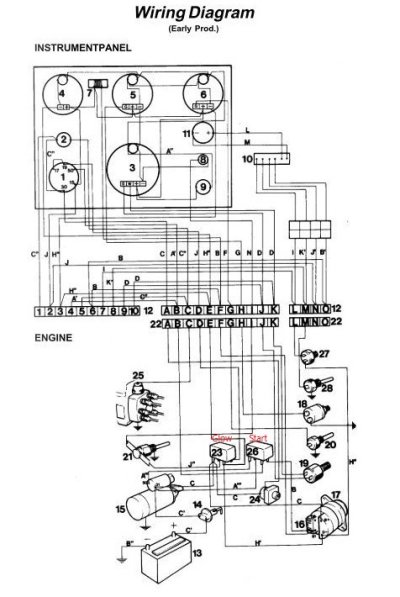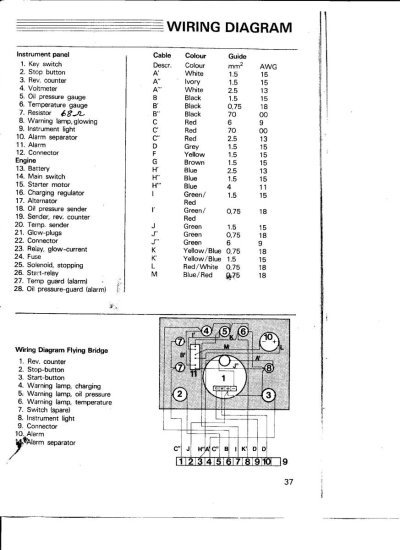NWpilot
Veteran Member
- Joined
- Nov 20, 2020
- Messages
- 59
- Vessel Name
- Yukon Jack
- Vessel Make
- 30' Tollycraft sedan
I recently bought a 1979 Tolly with twin Volvo TMD40's. I charged the batteries, did checks, then started the engines and ran them for less than 10 minutes. I then discovered that between the previous survey (or he missed it) and now the charging wires had overheated and melted the insulation from the alternator to the starter. So had the ground wire from the alternator.
The original alternators were 50 amp and the owner had replaced them within the last few years with Leece-Neville 105 amp units. He didn't attach the "sense" wire to the alternator and simply routed it to the instrument panel from the starter relay.
I'm replacing all the damaged wiring with heavier a gauge but I'm really bothered that I haven't found a smoking gun, or why the failure. The original charge circuit was 9 gauge and i'm replacing it with 8 gauge.
Is it possible that the wiring circuitry including the relays are just not rated for 105 amps and that burned the wires up? How does the alternator adjust charging voltage without a sense wire?
Any any all help is appreciated.
The original alternators were 50 amp and the owner had replaced them within the last few years with Leece-Neville 105 amp units. He didn't attach the "sense" wire to the alternator and simply routed it to the instrument panel from the starter relay.
I'm replacing all the damaged wiring with heavier a gauge but I'm really bothered that I haven't found a smoking gun, or why the failure. The original charge circuit was 9 gauge and i'm replacing it with 8 gauge.
Is it possible that the wiring circuitry including the relays are just not rated for 105 amps and that burned the wires up? How does the alternator adjust charging voltage without a sense wire?
Any any all help is appreciated.


